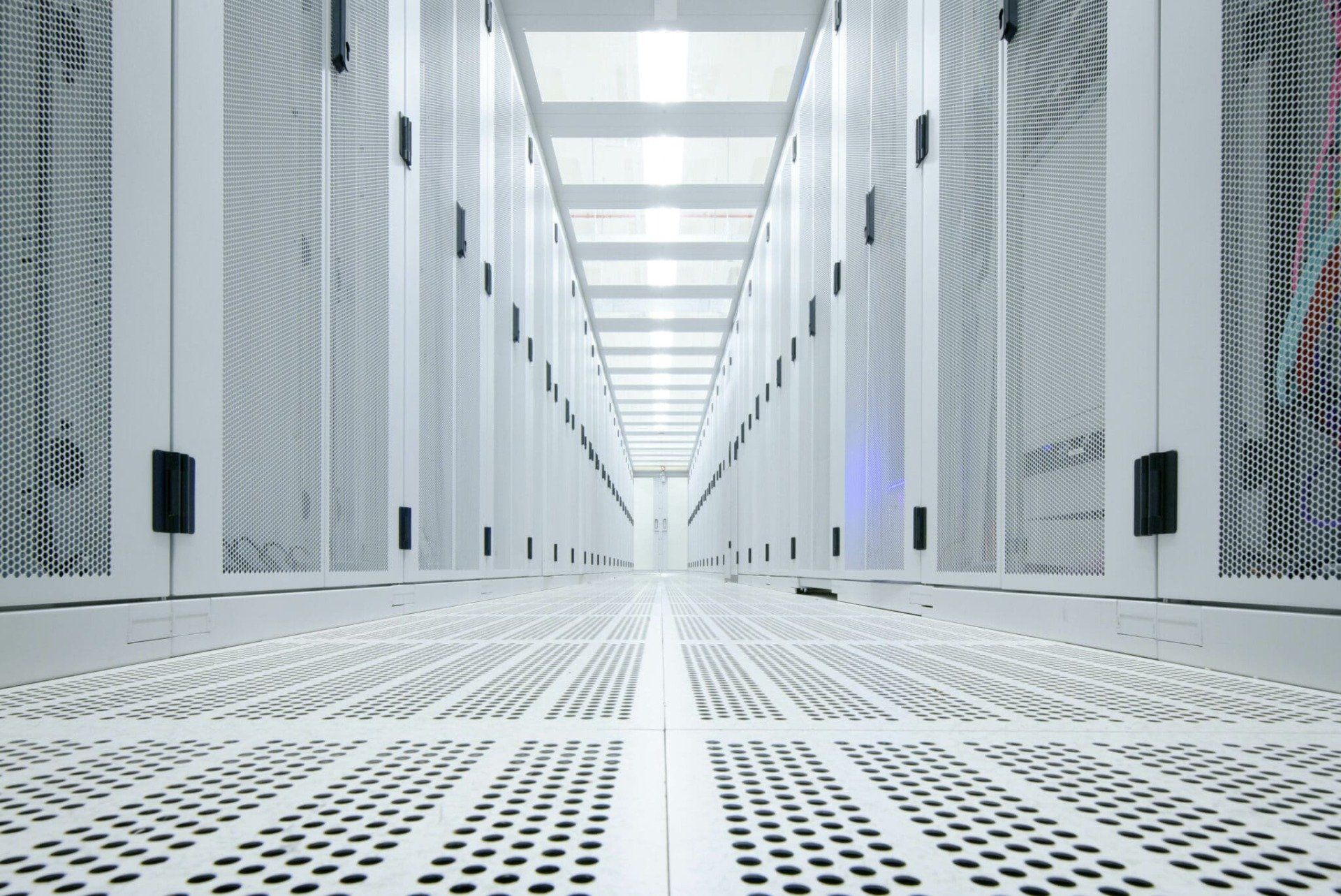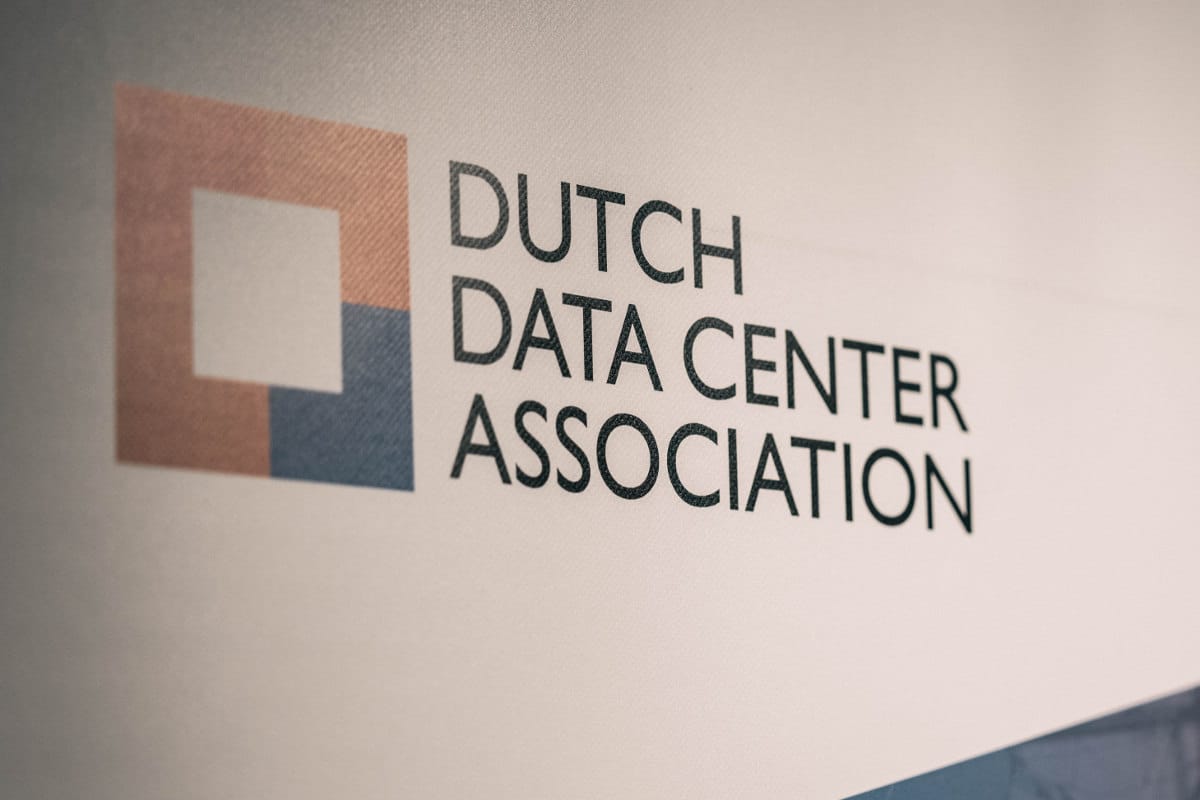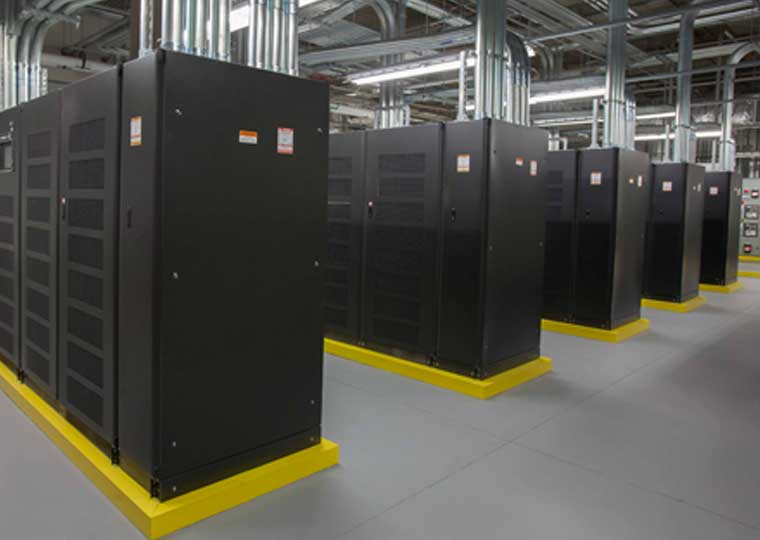When Free Cooling is hardy free
Willem Ybema • January 4, 2021
An often misunderstood concept
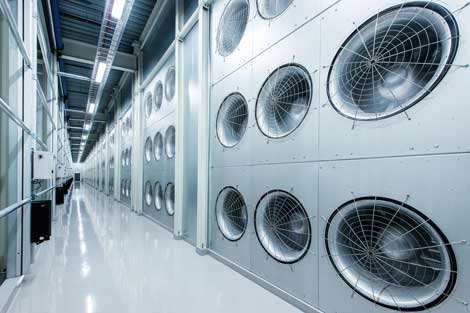
The writer of Sherlock Homles, Arthur Conan Doyle, wrote in The Boscombe Valley Mystery: "There is nothing more deceptive than an obvious fact". In the last years, we have been overloaded with new terms that that can be called deceiving. There is little less down to earth than "cloud computing" and in current implementations there is little free in "free cooling".
Free Cooling refers to the concept that you can cool an IT environment, most notably a data center, just using the outside air temperature. Therefore it sounds a lot like just opening up the window to let the heat out. Alas, it is a lot more complicated but let me bring is down to the most simple of terms: free cooling is when you do not need engage chiller capacity through the use of a compressor to cool the return coolant further and the outside air temperature is sufficiently low as to cool the coolant to the required level.
So all depends on the required return temperature. So to cool an office building and keep it at 20 / 22 degrees centigrade, the required return temperature is often set at 6 degrees. So if you pass air through a heat exchange the output air will be around 12 degrees and that is low enough to cool the building in summer to about 20 degrees.
Data centers tend to be warmer than office buildings but the outside temperature also needs to be significantly lower than the required return temperature to be able to reach free cooling levels. Generally speaking, the outside temperature needs to be at least 9 degrees before we can speak of free cooling, preferably lower. The temperature in the Netherlands is on average 10 degrees and rising. So you will have 3 months with days and nights of lower temperatures but in the vast majority of the time, the compressors of those sturdy chillers need to do there work.
And so free cooling is seldom free in conventional implementations.
... and how do you solve the issue, you might ask. Well, "elementary my dear Watson" - raise the required return temperature! How to address this, is the subject of another blog post.

Mark Twain once said: "it is difficult to make predictions, particularly about the future" and so I should not. We live in turbulent times, now even more than normal. On social, economic and political fronts 2020 has been building up new levels of concern, concerns that for many has turned into real hardship, sorrow and despair. We, at Telenology, have been lucky to have been spared these hardships and all around us, people have been healthy other than a few with mild Covid symptoms. For Telenology, it has also been a good year and we have been able to work on some exciting projects. Although warned by the great Mark Twain, so I venture into thinking about the future while realising our fortunate position. I believe that the problems of 2020 are a build-up to more economic fall-out in 2021 and that globally, we have a difficult time ahead of us. The global central banks have heeded us from a deep depression but their ammunition continues to have diminishing returns and the harsh reality of the pendulum of the economy will come crashing as a wrecking ball hits a dilapidated debt ridden economy. In this bleak outlook, I believe that in the opportunity of an acceleration of change and an acceleration of a move to more a sustainable economic, social and environmentally friendly world. This will mean that in the coming year(s), many will loose out, some with proposer and I hope that we all will come out the better. So on this Christmas day of 2020, we look forward to 2021, we look forward in the knowledge that we have some new and exciting opportunities ahead of us in 2021. We wish you happy holidays and prosperous and healthy new year.

Greece is the place to be for several reasons and not in the least, for data centers. While Greek data centers are not usually top of mind for many people in the industry, we have been pleasantly surprised by recent developments. As you know, Greece has become an important beach head the last few years for cable systems accessing Europe and not all wanting to exclusively go through Marseille. SEMEWE3, Asia Africa Europe 1 all connect to Mednautilis and Turk Telecom has been added more kilometres of network around Athens to Thesseloniki to connect to their network towards Bulgaria and Germany. This has led to a rise of a number of data center players to service the local market and to support the traffic coming through the sea cables. Naturally Sparkle has invested heavily in data centers in Athens and Kopri but also companies are active like Lamda Hellix, Synapsecom, Lancom, Cloudrock and Interworks, to name a few. Two recent developments have caught our attention. One is that Microsoft has announced to build a data center in Greece to further grow the Microsoft Azure and 365 services. This data center is an important boost to low latency cloud computing in the whole region, not only Greece. The second is the acquisition of Lamda Hellix by Digital Realty, through their daughter Interxion. Lamda Hellix had aggressively increased capacity in their Athens 1 DC and with the new Athens 2 (Koropi) with about 11MW. This new DC was a big step up from the average DC size and power consumption in Greece and they have worked hard to gain an sizeable number of carriers with pops. A smart move was to get the SEECIX from DE-CIX ensuring a commercial, larger and internationally connected competitor to the GR-IX. So keep a look-out for developments in Greece, as a stepping stone into the region and as a new route to Asia from Western Europe. Also I expect the cloud market to have significant further growth potential. ..... and when restrictions are lifted, the place to be for several reasons!

In the past, we have asked ourselves if the data centers are becoming the new telecom carriers. We have stopped asking. It is very clear that the data center have eaten the telecom carrier's lunch and dinner. I spoke recently to a highly placed director of large global data center player and he said to me, "Willem, it's crazy, several telecom carriers buy our intra data center connectivity while they can do it themselves. It is easier for them to buy from us, than to arrange it themselves internally". Many data center players offer intra data center connectivity and a whole suite of connectivity services to the main cloud providers. So the main point of contact for a CIO for piecing a network together, are the DC guys!!! But alas, it is not all sunshine and rainbows in the land of glory and data centers. When you have put together a business built around space, power and cooling, the network business is a different beast and requires an different skill from your people. That is where Telenology comes in: we can help data center providers in packaging network solutions including hybrid cloud for data center customers. And so we ask the telecom carriers: what's for breakfast ? The answer I often hear is packaging data center services in with a bit of connectivity. Hmmmm, it is going to be a long day.
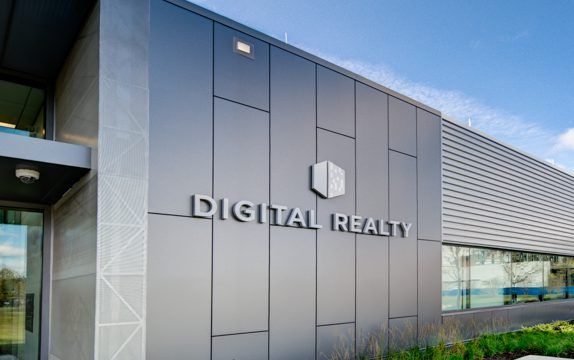
Now please do not accuse me of schadenfreude because this is not the case. I am however very optimistic about certain IT related industries with the rise of COVID-19. As you know, schadenfreude is the experience of pleasure, joy, or self-satisfaction that comes from learning of or witnessing the troubles, failures, or humiliation of another. Schadenfreude is a complex emotion, where rather than feeling sympathy towards someone's misfortune, schadenfreude evokes joyful feelings that take pleasure from watching someone fail. We are now in de middle if the COVID-19 pandemic crisis with a rising number of infections and the subsequent deaths. The travel industry has been hard hit with travel bans and people just choosing not to go anymore. Offices are being shut down as more and more people are being asked to work from home. Schools and universities are shut down, festivals are cancelled. In supermarkets shoppers are explicitly being asked to pay by card are to avoid contact with the cashier. We are not allowed to shake hands anymore and so we tap each other’s elbow or do the Wuhan Shake, tapping each other’s feet. The last one is my favourite. As COVID-19 and it’s future variants are not going to go away, we will see more social distancing. Everything that involves interacting remotely will become more relevant. As high speed Internet infrastructure is widely available and reliable in the western world, the prerequisites are already there. So I am optimistic about all things that help working and living remotely, like conferencing equipment and services, services like Slack (who is having connectivity issues ….. why so now), streaming services for entertainment, supermarkets / shops without a cashier, even more online shopping. The list is long. I am especially optimistic about data centres and see that data centres will benefit and will become even more relevant, the demand even more insatiable. I see a bright future for data centre companies. … and if you want to read up on more schadenfreude, there is a book about modern schadenfreude called Schadenfreude: the Joy of Another’s Misfortune by Tiffany Watt Smith. Get it delivered, COVID-19 free, to your home through Amazon or Bol or my favourite local bookstore https://www.devriesvanstockum.nl/9781781259085-schadenfreude.html

This website has been around for a number of years. The first few years, it was based on the theme "to jump". The idea was to jump into the new unknown world with Telenology. We all need to develop and making the first step as a person or as an organisation can be daunting. Telenology was and is there to help. The website was all about bright and energetic pictures of people jumping, in the air, into water and just having a good time. Although the website was nice and cheerful, the content was not dynamic and it had no blog. Something needed to change ! So back in February 2018, we changed the site to this one. The look and feel is different, a lot more formal though that was not the idea from the start. The big change was - we had a blog, a blog platform, to regularly write about our thoughts, news and insights. We are a little bit proud of the blog. We do not dare be proud but we are a bit. We wrote about latency while you would add the word "edge" now, distributed AI, the specialisation of data centres, SD-WAN, VMs in the world of containers and most recently about the bigger moves in the data centre market. The blogs try to have a dash of humour, a bit of mythology from antiquity or thereafter and some appealing content concerning telecom, data centres, ICT, AI and developments in the market. We hope you have enjoyed the last two years of blogs and we look forward to writing a lot more the coming years.

When I hear of the name Anthos, I could not help think: which ancient Greek god was that? I did have to look it up and it was Anthos, the guy who got eaten by his father’s horses after he nearly starved them to death. In the end the whole grieving family are transformed into birds and all ends relatively well, sort of. And with that in mind, I did want to come back to the announcement last April of Google Anthos. In short, Anthos is an open source platform that lets Kubernetes containers run on several clouds like GCP, Azure, AWS (to name a few) and of course on your own platform. This is a game changer because now you do not have lock-in and an easy way of redeploying containers on various clouds which helps in some aspects of a multi-cloud strategy. I hear you say-"yes but what about the VM’s?" (side note: to make things worse I heard somebody reference them today as “all those old legacy VM’s”). With Anthos Migrate, you just port your VM into a container and off you go. Now I hear you saying – “but is there surely not an easier way of migrating VM’s between clouds” and there you are right. But that is beside the point as you might be looking a moving to scalable micro-service anyway. Anthos provides a single platform to securely manage your Kubernetes run over several in-house and external clouds. That does make life easier and although nobody speaks of the financial side, I believe this is an interesting tool to help in the cost and operation optimisation.
